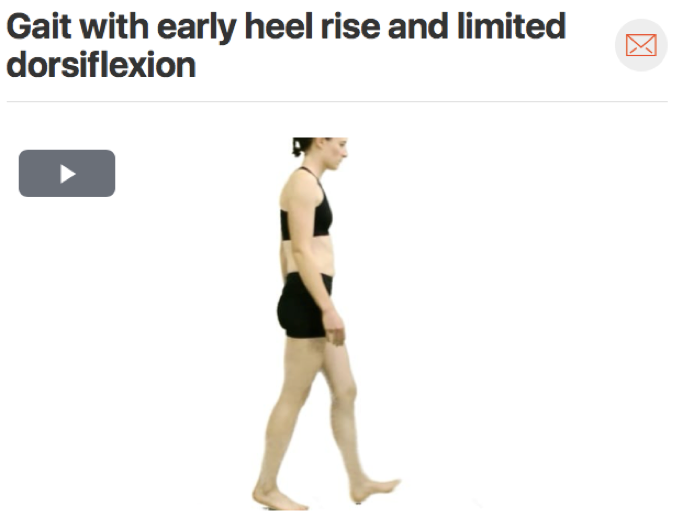Heel pain
Plantar fasciitis is one of the most common foot conditions seen in the clinic. It commonly presents with pain with the first steps in the morning or pain after standing for long periods of time. Look below for some things to consider!
If you do not know the common clinical findings no problem! Click here
Anatomy
Image via Complete Anatomy 2018 by 3D4 Medical
Common Movement Fault
For lower extremity injuries it is important to watch how your patient walks, this can tell you a lot about their movement patterns. A common movement fault seen in people with plantar fasciitis is a lack of dorsiflexion. Force is not evenly distributed through the foot when the ankle does not move through it’s full range of motion. (Click image to watch 1-2 minute video)
Special Tests
The windlass test is a key test to perform when evaluating someone who you suspect has plantar fasciitis. This test is very specific and can rule in the pathology. Pulling the big toe back puts the plantar fascia on stretch and should reproduce the patients pain. (Click image to watch 1-2 minute video)
Treatment
Gaining full range of motion of the talocrural joint is important to achieve to help distribute the ground reaction force as it moves through the body. This can be achieved through posterior talocrual mobilizations. Grade III and IV mobilizations can be used to help increase ROM.
Therapeutic Exercise
It is important to have your patient work in gaining dorsiflexion range of motion at home if you are also working on it in the clinic! This is an example of one of many stretches that can be used to help gain dorsiflexion range of motion. (Click image to watch 1-2 minute video)







